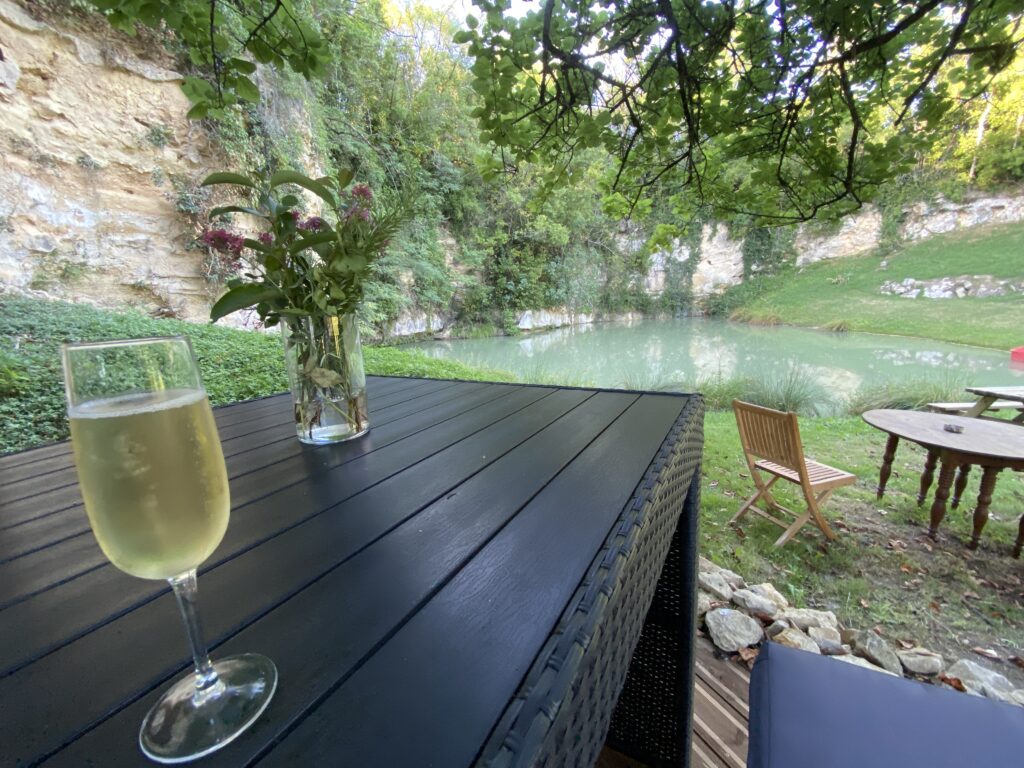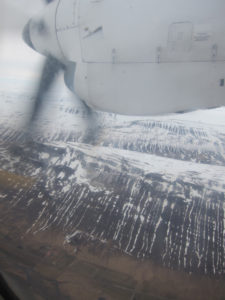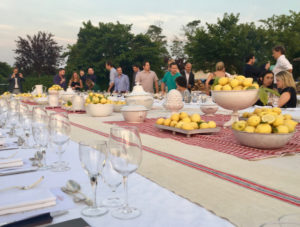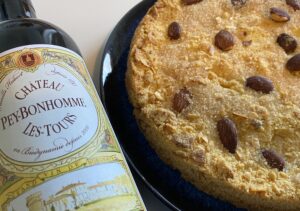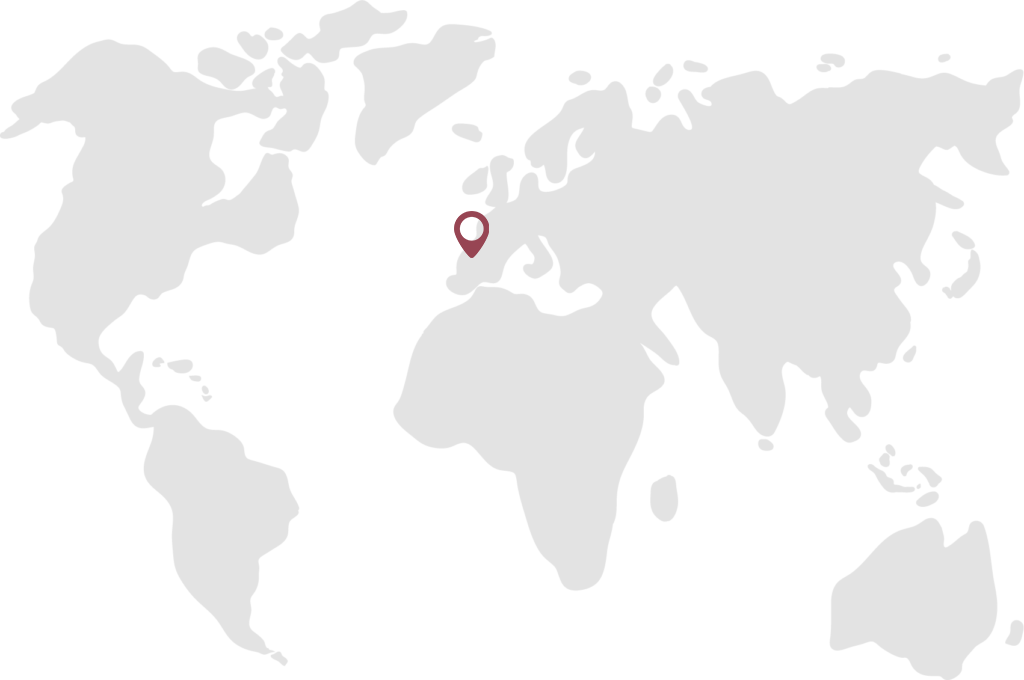LIVESTREAMS.
Two of my recent Instagram TV livestreams are as follows:
Burgundy: an overview of the link between Benedictine monks and winemaking in Burgundy, a tasting of three Burgundian wines and an interview with the owner of Clos du Cellier Aux Moines.
Lebanon: A tasting of three excellent mountain Lebanese wines from IXSIR.
OVERVIEW.
Of the top five French Bordeaux Premier Grand Cru Classé wines (from the 1855 classification) we recently tasted four during one recent evening, as well as one of the top four Premier Grand Cru Classé ‘A’ wines from the 2012 Saint-Émilion classification. Several of us enjoyed this fine horizontal tasting of this vintage with wonderful people and food in a tranquil location.
These wines were generously contributed by Richard Serisier, co-proprietor of ProCork – which produces natural corks with invisible, microscopic membranes over both ends to make the inflow of oxygen over time more consistent (making wines from one vintage not as variable in taste over time). Thank you Richard! [And, yes, we use ProCork for our Etalon Rouge wines!]
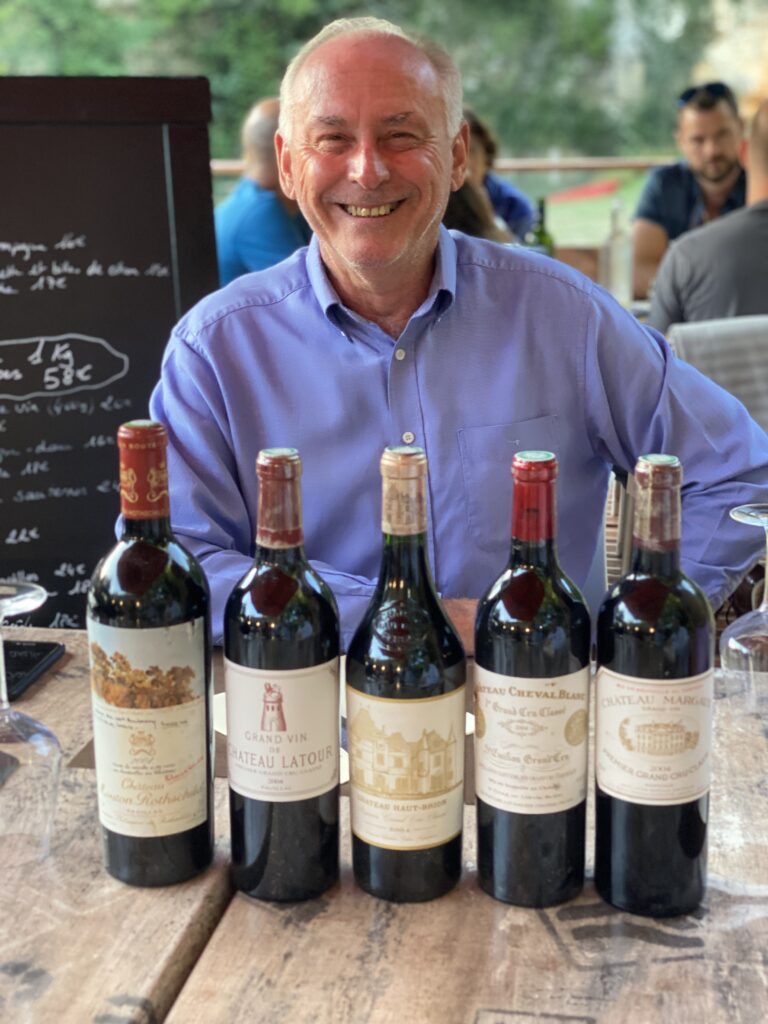
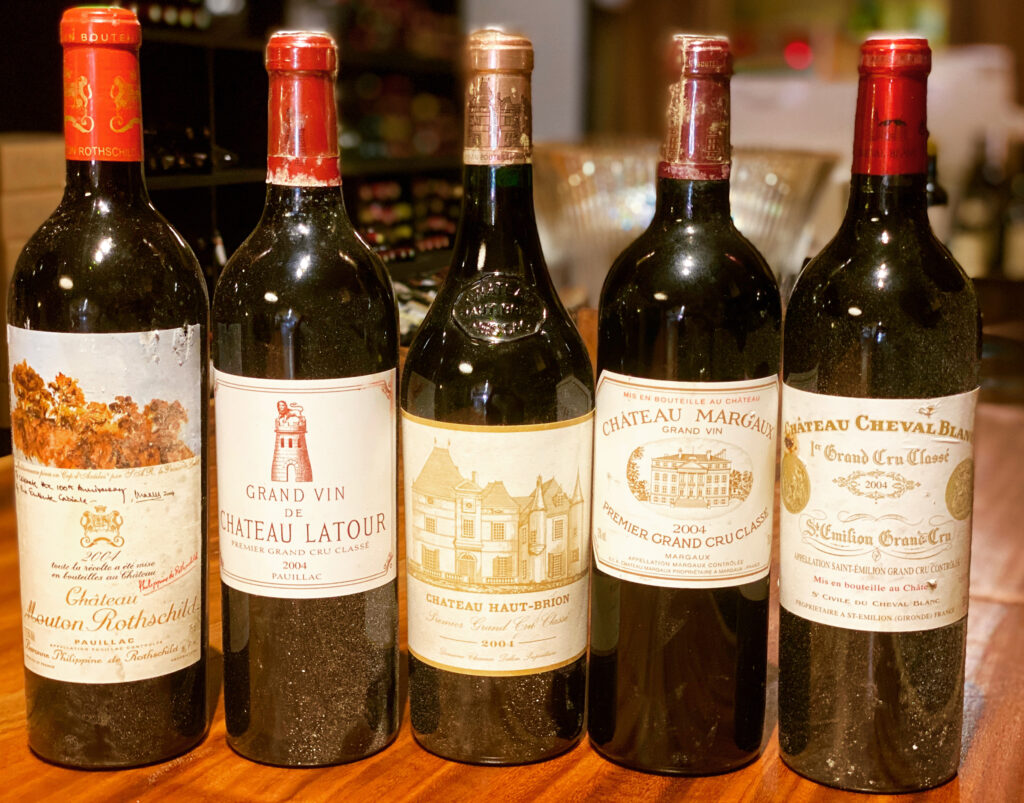
1. LOCATION.
A new restaurant opened in our town of Blaye in southwest France named Clos de La Marina. It is located a 10 minute walk from the center of town, and is unusual in that it is located next to a semicircle of limestone cliffs, at the base of which is a natural water pool. The separate outdoor bar is tucked under a natural cliff, while the outdoor restaurant (open only during summer) sits on an elevated patio.
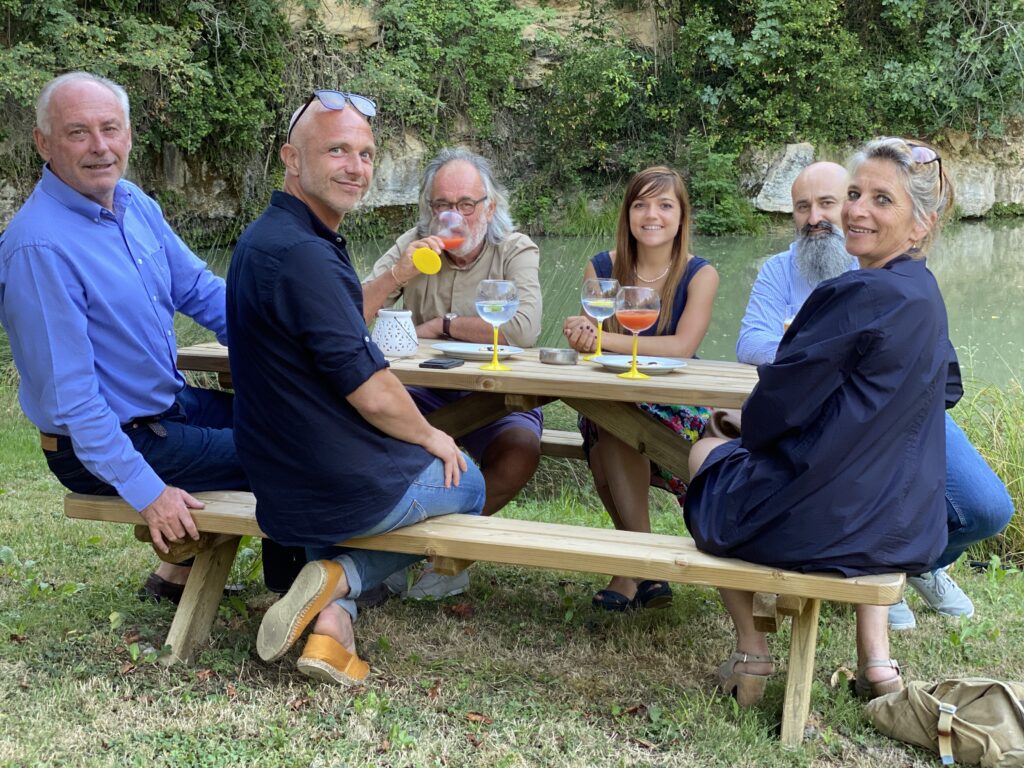
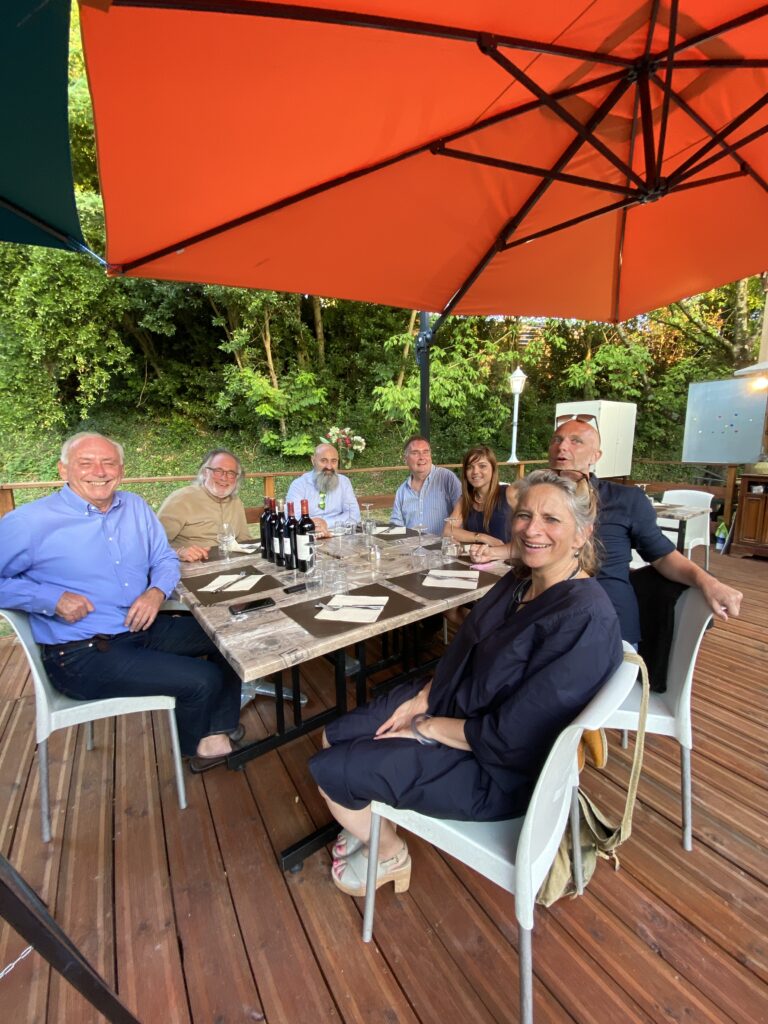
2. FOOD.
The menu has an array of French fare that includes veal, entrecôte, local seafood and desserts that include profiteroles. We began with foie gras, pairing it Cheval Blanc wine, then continued to Margaux, Mouton Rothschild, Latour and Haut-Brion wines with the main course and dessert.
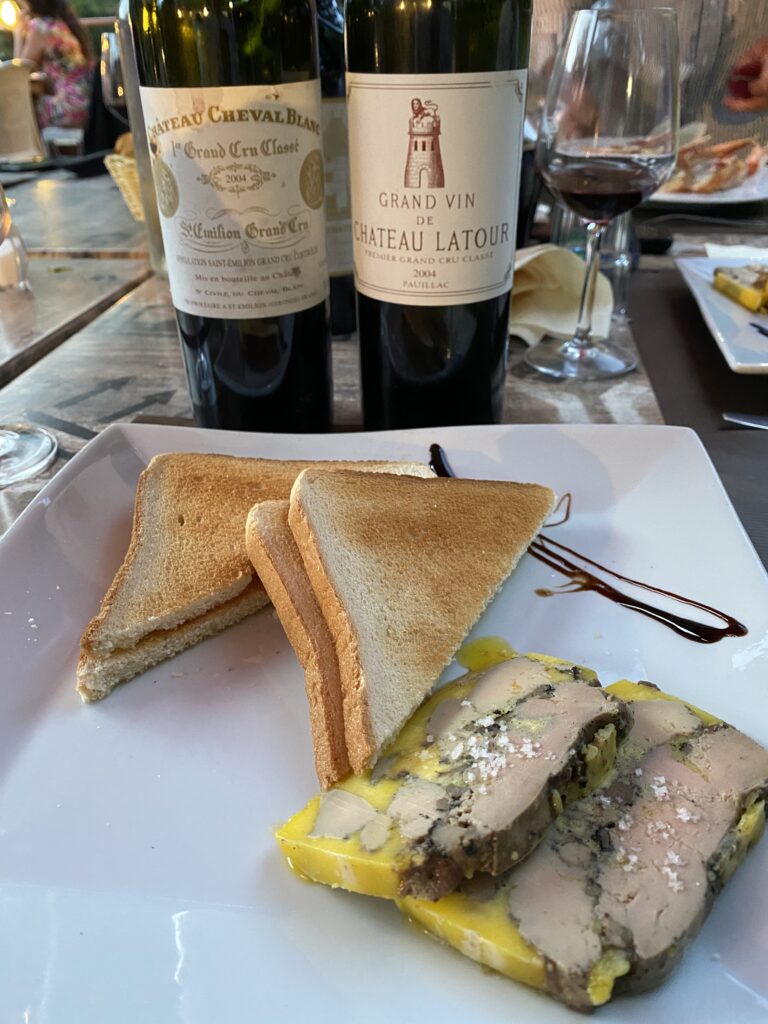
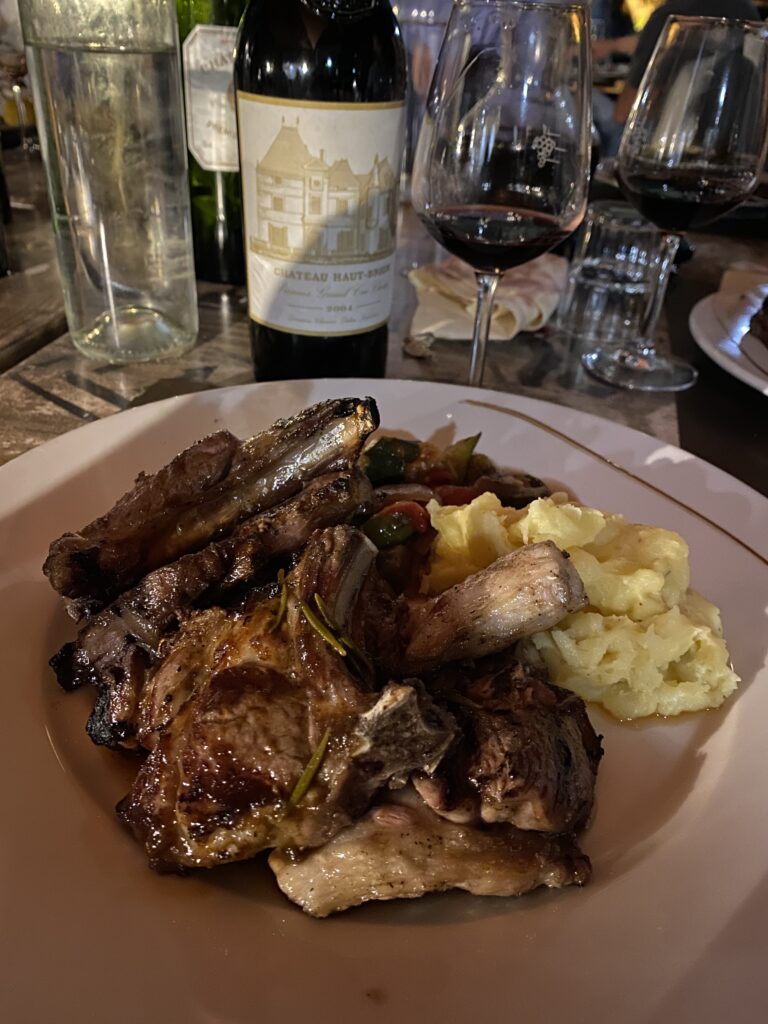
3. WINES.
Below are condensed tasting notes for the five wines. Pauline, a winemaker with five years of experience, is our lovely ‘wine model’ in these bottle shots. Merci Pauline!
Château Cheval Blanc—Premier Grand Cru Classé. 2004.
Aromas of black cherries and smoke. Velvety in the mouth with tastes that include treacle and mocha—eventually opens up to include woodland aromas and the taste of more fruit.
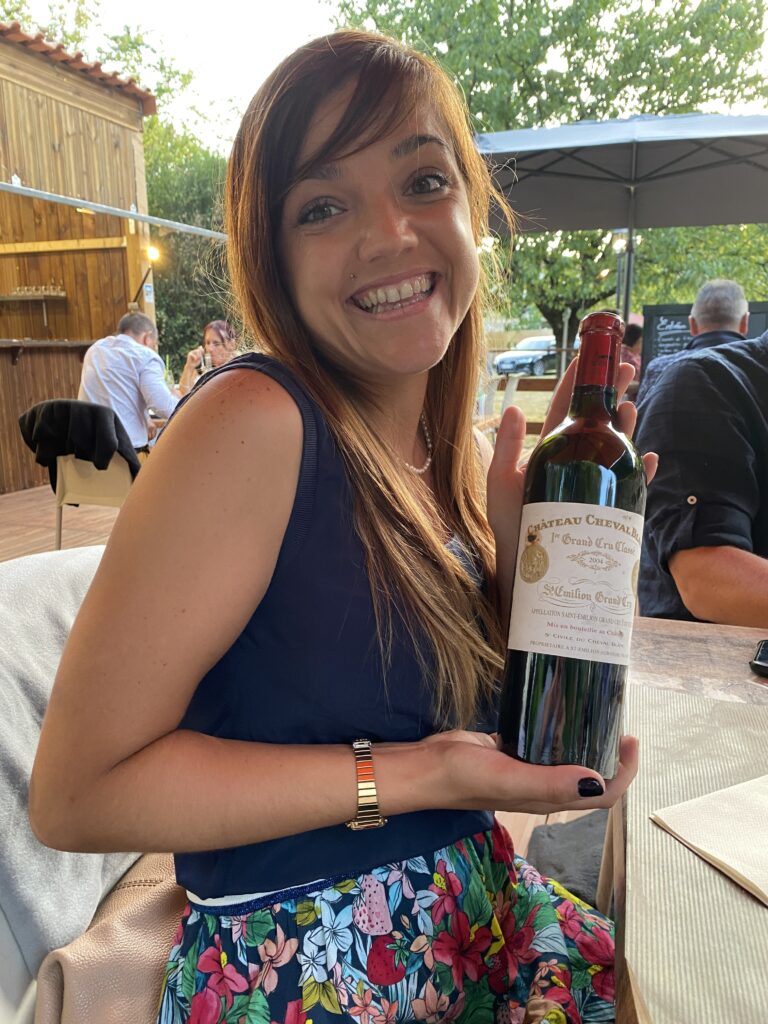
Château Margaux—Premier Grand Cru Classé. 2004.
Aromas of black pepper, licorice, tar and black cherries. Opulent in the mouth. Opens up with a blast of black pepper and prune tastes, and a hit of cayenne. Well structured, balanced, ready for a sirloin steak.
Château Mouton-Rothschild—Premier Grand Cru Classé. 2004.
Strong and hearty aromas of toast and tar and dark fruit. A confident and big wine ringing with strong fruit aromas. In the mouth this includes strong tastes of treacle and salty Dutch licorice. A true brazen winner.

Grand Vin de Château Latour—Premier Grand Cru Classé. 2004.
Aromas include those of green pepper, black cherries and treacle. Distinct and complex with strong brick and tannic aromas. In the mouth, a suave taste of dark chocolate and prunes. Pairs well with lamb.
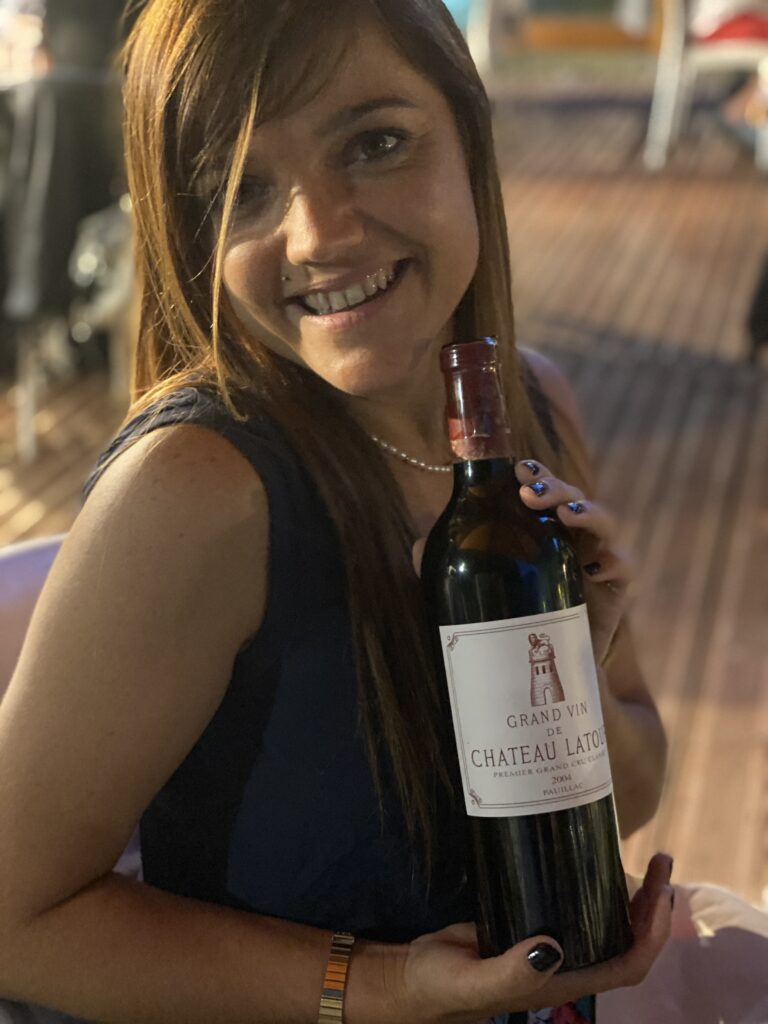
Château Haut-Brion—Premier Grand Cru Classé. 2004.
Subdued aromas of orange peels and sultanas. In the mouth this includes the taste of rum, oranges, red currants and chocolate wafers.
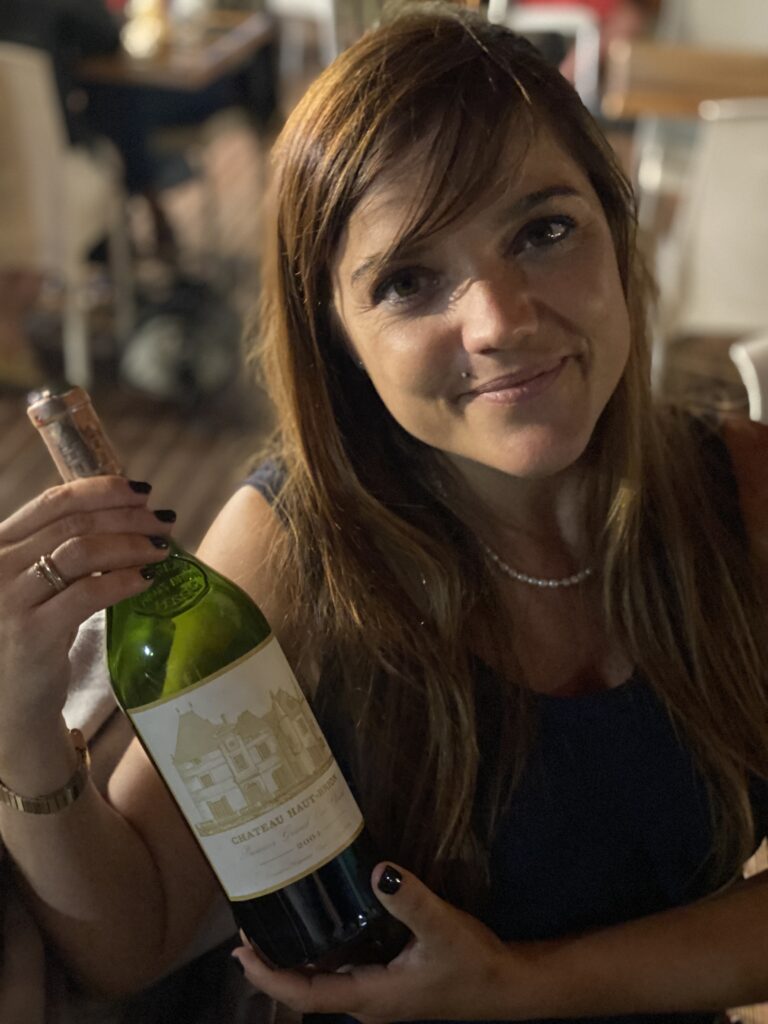
SCENE & INSIDER ANGLES.
For such an amazing tasting, it’s good to sit with pleasant company to enjoy food and wine and conversation. This is no time for heavy technical discourse. It also helps to situate yourself close to (or between, as I was fortunate enough to do) a few experienced winemakers or sommeliers who make objective, honest comments on the wine based on their years (or decades) of experience. Merci Stephane and Pauline!
Also, take your time with these wines and see how the aromas and tastes evolve and change during minutes the wine spends in the glass. In the space of five to ten minutes, these wines can really open up and begin pouring out different, nuanced aromas and flavors. It is that period of transformation—that sense that the wine is alive and evolving—that helps make such a tasting so enjoyable. The company and food, of course, add to that!
Also, my latest Forbes pieces are here and include 21 Bordeaux wines from 2019 to taste.
Thanks again for tuning in.
